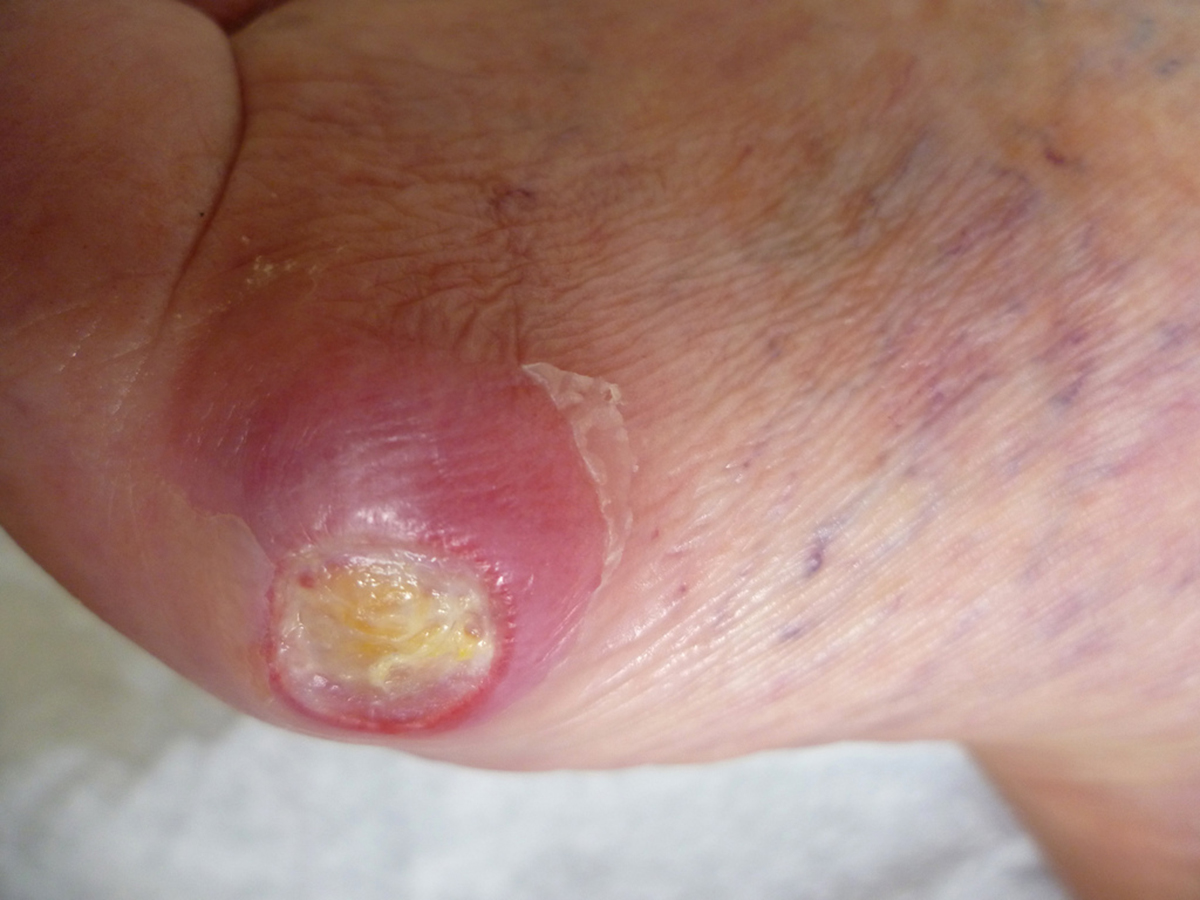Table of Contents
Supplemental enzymes do not have a lot of value in treating insulin resistance, the underlying cause of type 2 diabetes. They can be extremely useful, however, in treating diabetic complications such as peripheral artery disease.
It is essential to understand that chymotrypsin and trypsin do not reverse diabetes. They do not substitute for diabetes medications. They certainly cannot substitute for insulin. It is necessary to continue with appropriate diet, to take medications, and to do blood sugar level checks several times a day to make sure the diabetes control plan is working. However, these two supplements sometimes can give the body the break it needs to make remarkable improvements.

Chronically elevated blood sugar levels can result in red blood cells and nerve cells that are covered with glycation products. Essentially, uncontrolled sugars result in cells that are cooked and caramelized, although still somewhat functional inside. Making the problem worse, the cells coated with these toxic byproducts of sugar don't get good blood flow, in part because sugar interferes with the ability of the arteries to open for good flow, and in part because the "slow flow" of the bloodstream allows blood clots to form.
Trypsin and chymotrypsin break up the "caramel coating" on nerve and red blood cells.
They break down the fibrin scaffold on which the bloodstream can form clots. The combination of actions helps restore circulation in capillaries (smaller blood vessels) all over the body, and your body does the rest.
How can you use these two enzymes to fight the complications of diabetes? Here are some suggestions.
- Never attempt to use a single enzyme to assist in healing. Enzymes work in concert with each other. As a practical matter, you will not be able to find products that are just "trypsin" or just "chymotrypsin." You will encounter these enzymes in internationally known brands such as Wobenzym, which also includes the enzymes bromelain (from pineapple) and papain (from papaya) to enhance the fibrinolytic action of the product.
- Give enzymes a chance to work. Generally speaking, the healthier you are, the more slowly you will see changes as a result of taking enzymes. The action of enzymesseems to be tied to the turnover of red blood cells. If you are profoundly ill and your body is breaking down red blood cells in just 50 to 70 days, you will tend to see improvements more quickly as these products rescue red blood cells. Of course, you will also have more improvements to make. If you are less ill and your body is turning over red blood cells every 80 to 90 days, then you will see changes more slowly. It make take as long as three months for enzymes to make a noticeable difference in a diabetes-related condition.
- Be careful with products that contain bromelain if you are allergic to pineapple. Don't take products that contain papain if you are allergic to latex or papayas. The combination of the enzyme supplement and a fruit to which you are mildly allergic can cause unexpected allergic reactions.
- Ask you doctor whether it is OK for you take fibrinolytic enzymes if you are on blood thinners, such as Aspirin, Coumadin, Plavix, or Xarelto. It's not likely you will encounter problems with excess bleeding, but it is good to stay on the safe side.
Enzymes don't do most of the hard work of recovering from diabetes. Diabetics do. Enzymes only make a difference when blood sugar levels are well controlled.
That means you have to stick to your diet, every meal of every day, you have to measure your blood sugars to make sure you don't need extra medications or insulin and to make sure you are not taking too much, and you should not stop taking any other medications your doctor has prescribed without consultation. If you do your part, however, fibrinoytic enzymes can make the difference that enables recovery from some of the worst complications of diabetes when nothing else has worked.
- Rister, Robert. Healing without Medication. Basic Health Publications, 2003.
- Photo courtesy of aldenchadwick via Flickr: www.flickr.com/photos/aldenchadwick/4293213857
- Photo courtesy of Rosmarie Voegtli via Flickr: www.flickr.com/photos/rvoegtli/5781819815


Your thoughts on this